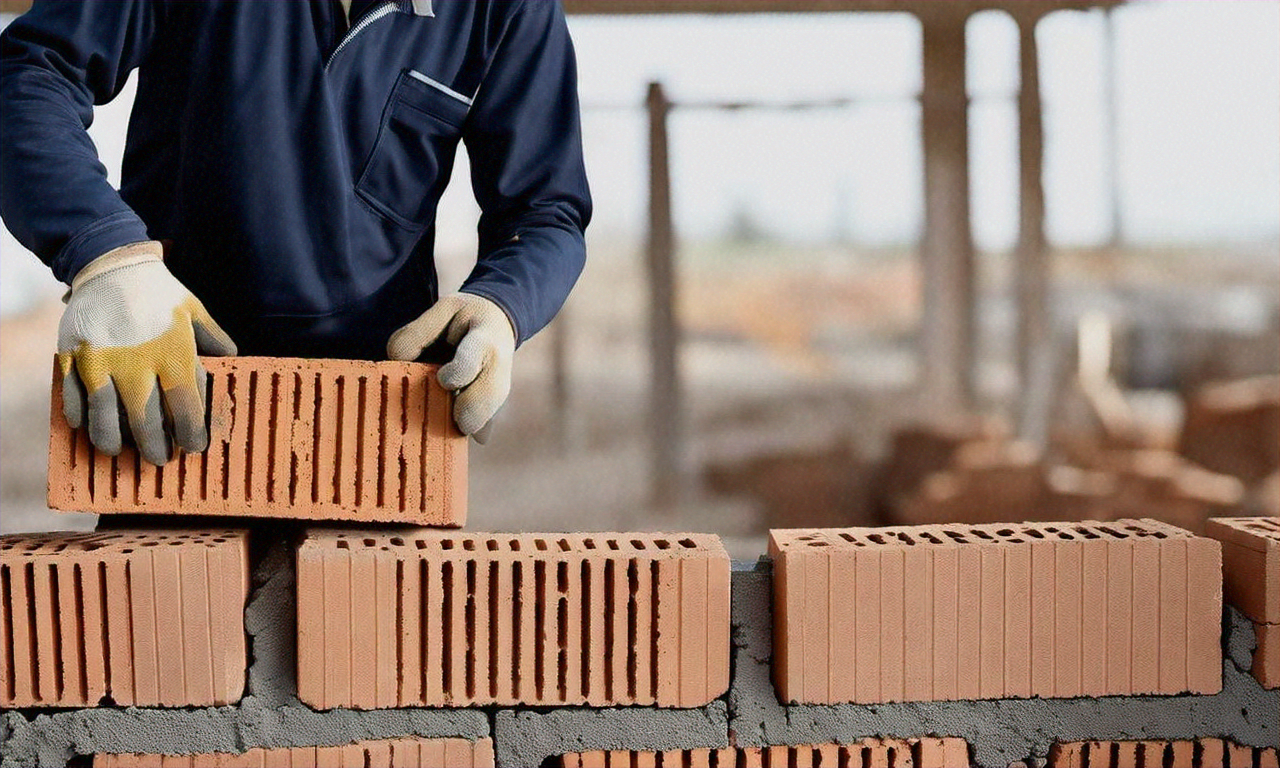Brick Mason Jobs: Skills, Roles, and How to Find Work
Brick mason jobs combine skilled craftsmanship and site know-how to shape durable structures. This article explains what brick masons do, the skills they need, how masonry fits into wider construction and building projects, and practical ways to look for opportunities in your area. This is informational content about the trade and how to pursue work; it is not a listing of current job openings and availability varies by location and market conditions.

What is involved in brick work?
Brick work covers preparing mortar, laying bricks, and finishing joints to create walls, chimneys, patios, and facades. A typical day can include reading plans, setting out levels, cutting bricks to shape, and repairing weathered masonry. Quality brick work balances precision and pace: accurate alignment, consistent mortar joints, and appropriate bond patterns are essential. Brick tasks also demand physical endurance and safe material handling. While many projects use standard clay or concrete bricks, masons must adapt techniques to different brick sizes, textures, and structural requirements.
What skills make a good mason?
Successful masons blend manual skill with problem-solving and spatial awareness. Key abilities include accurate measuring and leveling, consistent mortar mixing, block- and brick-cutting competency, and the ability to interpret construction drawings. Good masons also understand moisture control, thermal movement, and appropriate finishes. Soft skills such as communication, teamwork, and reliability are important—masons often coordinate with carpenters, concrete crews, and site supervisors. Tradespeople typically develop these skills through apprenticeships, vocational training, or on-the-job mentorship, then gain efficiency and broader expertise over several years.
How does masonry fit into construction projects?
In construction, brick masonry contributes to structural stability, weather resistance, and aesthetic character. Masons often work alongside contractors during new building builds, renovations, and restoration projects. For load-bearing walls, masons coordinate with structural engineers and follow codes for reinforcement and footing. In non-structural applications—veneer facades or decorative walls—attention shifts to anchoring systems and appearance. Masonry scheduling must align with other trades: foundations and waterproofing are completed before bricklaying begins, while roofing and window installation may follow. Understanding this sequencing helps masons estimate time and coordinate materials efficiently.
Where do building tasks for masons vary?
Building tasks depend on project type—residential, commercial, historic restoration, or landscape masonry each has distinct demands. Residential work might emphasize speed and coordination with framers, while historic restoration requires careful matching of mortar composition and brick profiles to preserve character. Commercial projects often involve larger crews, scaffolding systems, and tighter tolerances. Landscape masonry includes patios, garden walls, and steps where drainage and frost considerations are critical. Local building codes, climate, and material availability also shape daily responsibilities, so masons adapt methods to the conditions in their area.
How important is bricklaying technique?
Bricklaying technique directly affects durability, appearance, and long-term maintenance. Proper bricklaying ensures uniform joint thickness, correct bond patterns, and a consistent mortar color and texture. Techniques like raking, tooling, and curing influence water shedding and freeze-thaw resilience. Poor technique can lead to premature cracking, efflorescence, or loose masonry. Continuous learning—through mentorship, training courses, and reviewing building standards—helps masons refine technique. Safety practices, such as proper scaffolding use and PPE for respirators and gloves, are integral to sustaining career longevity.
This article aims to guide readers through the craft and career aspects of brick masonry and to explain where to look for work without offering specific listings. To find opportunities, consider trade schools, accredited apprenticeships, local construction unions or trade associations, building contractors, and verified online job platforms. Networking with suppliers and attending industry trade events can also surface leads. Always verify opportunities through reputable channels and be cautious about postings that lack clear employer information.
Conclusion
Brick mason jobs require a mix of technical skill, physical capability, and project coordination. Whether starting as an apprentice or expanding into restoration and commercial work, understanding brick work fundamentals, building contexts, and reliable job-search channels helps set realistic expectations. Local demand, licensing requirements, and individual experience will shape the types of opportunities you encounter; treat this article as general guidance rather than a source of current job openings.






